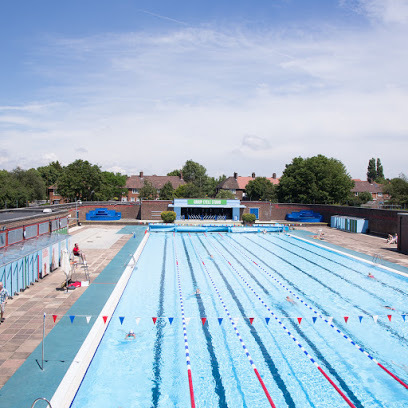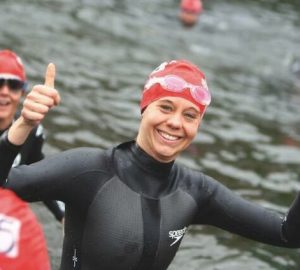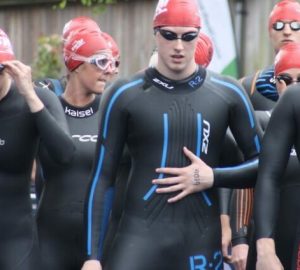
How to swim 100 100s
For many swimmers there’s something appealing about swimming 100m 100 times in a row. When long distance swimmers complete a training session of this magnitude they often record it in their blogs and according to Daily News of Open Water Swimming, it seems the training set has a long history. We’ve also read about triathletes who do this set as a birthday treat. As a means of covering 10km in a pool-based training session it’s admirably straightforward and, for open water swimmers, it’s a great test of pacing skills and mental and physical endurance. You can consider it as a stand-alone goal or use it as part of your training for a long-distance open water swim. But how difficult is it?
Firstly, how good a swimmer do you need to be to contemplate such a training session?
For elite level swimmers regularly covering 50km or more per week, the set could be completed by extending a regular 2-hour session by 30 minutes or so and the distance wouldn’t cause any problems. For the rest of us it will present more of a challenge.
If you typically swim 3 to 4 times per week for an hour or more and have been doing so for 6 months you should be able to complete the distance without any additional training provided you’re not susceptible to any swimming induced injuries. It will simply be a case of finding the time, making sure you have enough to eat and drink to get you through and starting at and maintaining an appropriate pace.
If you swim less than 3 times per week the distance may still be achievable. The key will be finding a sustainable pace, and having the time and will-power to keep plugging away. However, it may be better to set 100 100s as a medium term goal and build to it over a couple of months. If you think you can do it, you probably can.
Secondly, how do you go about it?
Step 1. Prepare yourself physically and mentally for the task. Depending on your fitness level, this could mean anything from just turning up to a few days of relatively light training and some carbo-loading or some longer-term training. You could also try visualisation techniques and imagine yourself swimming and completing the distance.
Step 2. Tell people you’re going to do it – you’ll be much less likely to give up if you’ve told someone you’re going to swim 10km, and you may even find some other crazy person to join you, perhaps for the first or last 50 100s, if not for all.
Step 3. Have a nutrition plan. This doesn’t need to be complicated and will depend how long you will be swimming but a couple of litres of water and some energy gels or bars will be plenty for most people. Make sure you have everything you need before you swim and perhaps put it all in an empty ice-cream container or something to leave at the end of the pool.
Step 4. Plan the swim. What will be your sustainable pace for each 100m and how much rest do you want after each? We suggest your 1500m race pace plus around 10s per 100m would be a sensible pace target, and 15s to 20s rest after each 100. So, if you swim 1500m in 25 minutes your pace is 1m40 per 100m so aim to swim each 100m in 1m50 and then take 20s rest. Also, decide whether you will stick to the same pace and intervals throughout or add some variety. We prefer the latter approach but that’s because we have trouble counting otherwise – see our suggested approach below. Finally, schedule in a couple of toilet breaks if you think you might need them . See below for the schedule I followed.
Step 5. err… swim.
Step 6. Recover and celebrate. Allow yourself a rest day or a couple of very light training sessions before resuming your normal training.
Sample swim schedule
1. 10x100m FC easy/warm up pace, + 10s rest after each 100m
2. Straight into 10x100m FC 1500m pace + 10s with 15s rest after each
3. Straight into 10x100m FC 1500m pace + 5s with 20s rest after each
4. Straight into 10x100m FC 1500m pace with 25s rest after each
Toilet break (5 minutes max)
5. 10x100m FC 1500m pace + 10s with 15s rest after each 100m
6. Straight into 10x100m FC 1500m pace + 5s with 15s rest after each
7. Straight into 10x100m FC 1500m pace with 15s rest after each
8. Straight into 10x100m FC at max sustainable pace with 5-10s rest after each
Toilet break (5 minutes max)
9. 10x100m FC 1500m pace + 10s with 15s rest after each 100m
10. 10x100m FC on same swim and rest interval as set 9 but each 100m faster than the previous one.








